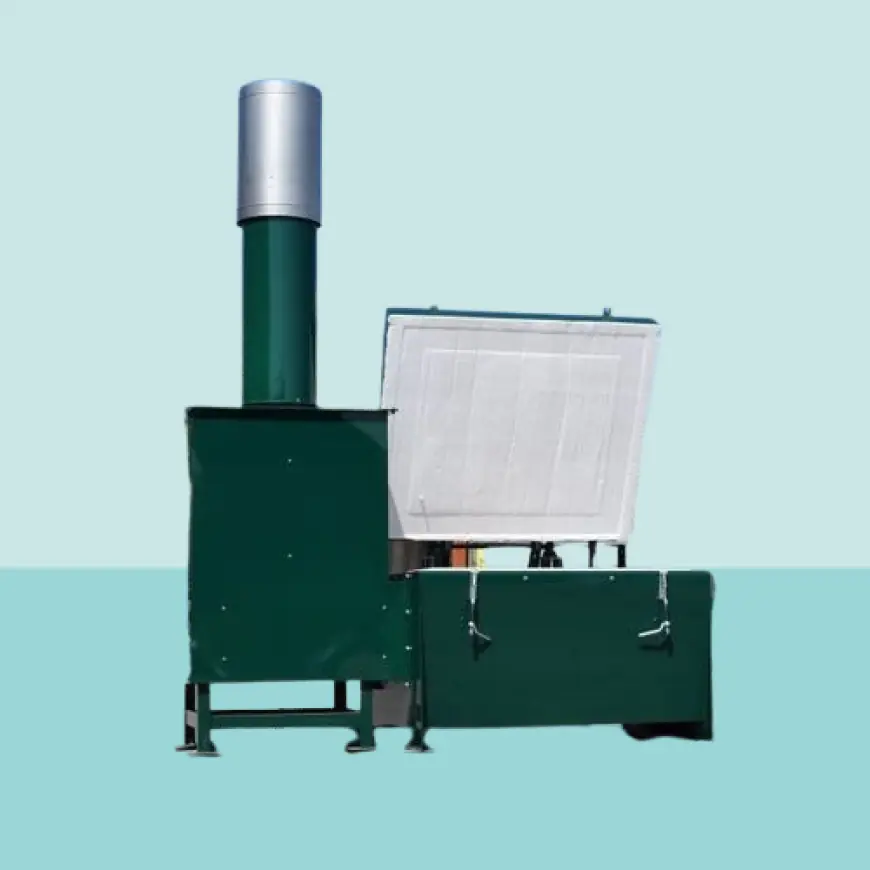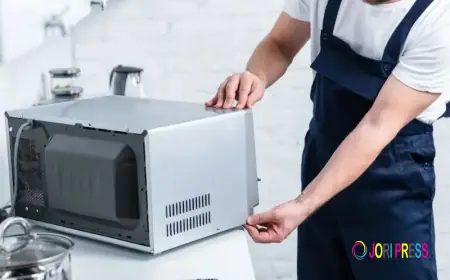Efficient Waste Disposal with Rotary Incinerator and Chicken House Incinerator
Advantages of a rotary incinerator include continuous throughput for high-volume operations, robust construction for heavy-duty use, and enhanced mixing that improves combustion efficiency.

Managing agricultural and industrial waste requires solutions that balance effectiveness, biosecurity, and environmental responsibility. A rotary incinerator and a chicken house incinerator offer complementary capabilities for on-site disposal. Together they reduce contamination risks, cut transport costs, and help facilities comply with regulatory standards while maintaining operational continuity.
Rotary Incinerator: Continuous High-Temperature Combustion
This motion promotes uniform heat exposure and thorough oxidation, reducing unburnt residues and producing stable ash. Rotary units are well suited for bulky or heterogeneous loads such as processing byproducts, organic refuse, and mixed industrial waste.
Advantages of a rotary incinerator include continuous throughput for high-volume operations, robust construction for heavy-duty use, and enhanced mixing that improves combustion efficiency. Many systems include secondary combustion chambers to destroy volatile gases and flue-gas treatment like cyclones, scrubbers, or bag filters to limit emissions. When operated correctly, rotary incinerators offer reliable performance, temperature control, and options for energy recovery.
Chicken House Incinerator: Targeted On-Farm Biosecure Disposal
A chicken house incinerator is purpose-built for poultry operations, optimized to dispose of carcasses, contaminated bedding, and biohazardous materials quickly and safely. Key benefits of a chicken house incinerator are rapid mortality management, compact footprint suitable for farm locations, and fuel-efficient cycles that reduce operating costs. Designed to reach temperatures that neutralize pathogens, these incinerators minimize ash and allow safe handling of residues. Their simple controls, quick startup, and portability make them practical for small and large poultry farms.
Integrated Strategy and Operational Guidelines
Using rotary and chicken house incinerators together creates a layered waste-management approach. The rotary incinerator handles bulk and mixed waste streams from processing facilities, whereas chicken house units address urgent on-site animal mortalities and contaminated litter. This strategy streamlines logistics and enhances biosecurity by containing risks at the source.
Selection and operation depend on fuel availability, throughput needs, and local emissions regulations. Proper siting, routine maintenance, refractory inspection, and trained operators are essential for safe operation. Monitoring temperature, feed rates, and emissions helps maintain efficiency and compliance. Adequate ash management and disposal of residues in accordance with guidelines complete the workflow.
Environmental and Economic Considerations
Both incinerator types reduce reliance on landfills and lower transport-related emissions by enabling on-site elimination. Efficient combustion minimizes residual volumes, and with appropriate pollution controls, emissions are kept within acceptable limits. Economically, savings accrue from reduced hauling, decreased disease-related losses, and potential energy recovery in larger rotary systems.
Safety and Compliance
Responsible deployment requires adherence to regulations, operator training, emission-control technologies, and emergency procedures. Personal protective equipment and clear operational protocols mitigate risks and protect personnel while maintaining environmental stewardship. Implementation tips include scheduling regular maintenance intervals, documenting operation logs, coordinating with local authorities for permits, and evaluating emissions data to continuously improve environmental performance. Plan for seasonal variations.
Conclusion
When selected and operated responsibly with emission controls, trained staff, and proper maintenance they enhance biosecurity, reduce landfill reliance, and deliver long-term economic and environmental benefits for agricultural and industrial operations. Support sustainability goals and community health outcomes.
What's Your Reaction?
 Like
0
Like
0
 Dislike
0
Dislike
0
 Love
0
Love
0
 Funny
0
Funny
0
 Angry
0
Angry
0
 Sad
0
Sad
0
 Wow
0
Wow
0

















































